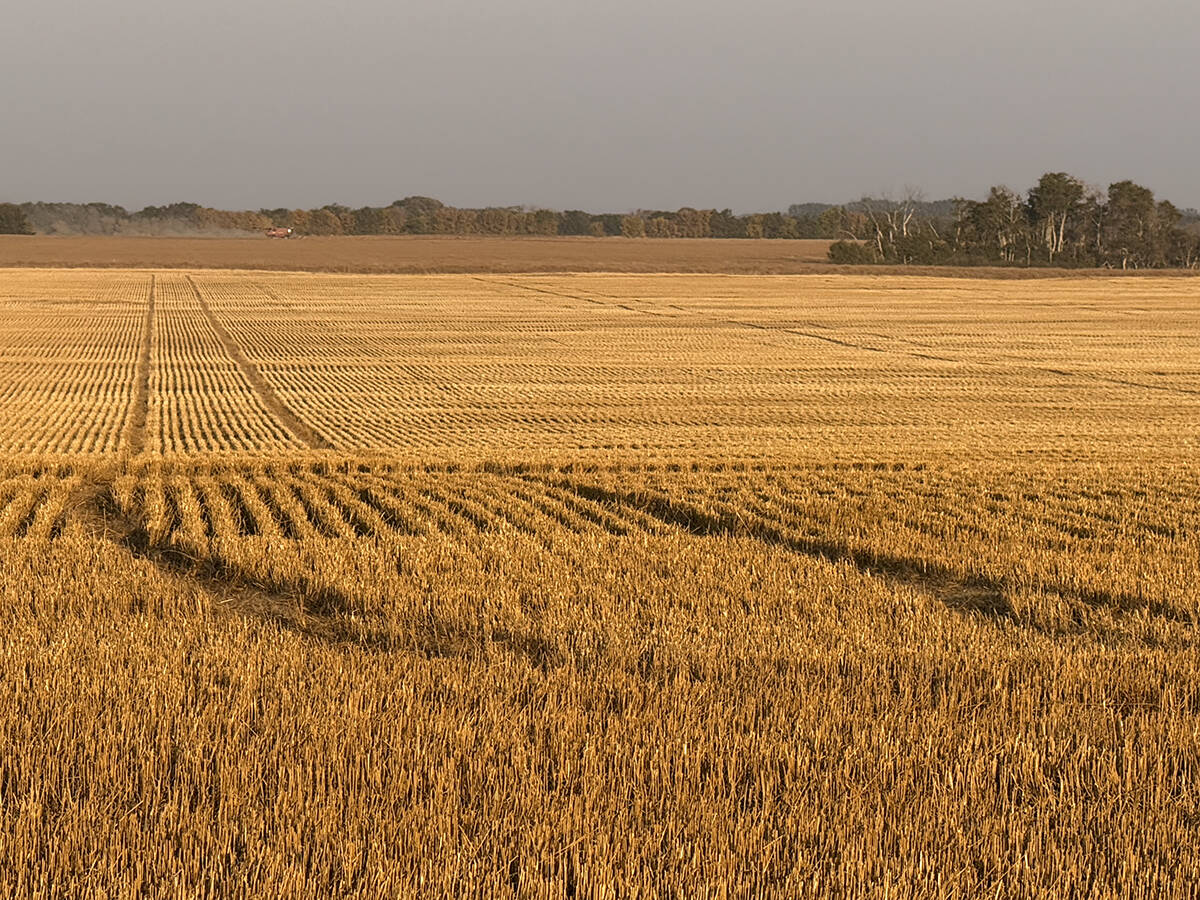United Grain Growers thinks more new farmers will join its stable base of growers to plant linola this spring.
Linola is a proprietary type of solin, an edible-oil flax.
“Producers are just looking for an alternative,” said Brad Fowler, UGG’s product line manager for special crops.
Last year, farmers planted about 230,000 acres of linola in Western Canada, said Fowler. This year, the company’s target is “similar to higher,” he noted.
Farmers grow linola under contract. They buy seed from UGG and agree to return all production to the company.
Read Also

Final crop reports show strong yields, quality
Crops yielded above average across the Prairies this year, and quality is generally average to above-average.
Fowler said the crop tends to compete with flax for acres because the sister crops have similar agronomics, work into the same place in rotations, and have similar costs of production. But he cautioned that linola prices often move in
a different direction than flax prices.
Last year, linola sold at a premium to flax on the spot market on 125 days, and sold at a discount to flax for 144 days, said Fowler.
Producers who have forward-priced linola have tended to receive better prices, particularly compared to spot prices offered in the fall, Fowler said.
“It’s just a matter of timing.”
Last year, the average deferred delivery price for linola in southern Manitoba before freight deductions was about $320 per tonne, while the average flax forward price was about $322 per tonne. At times, the premium for linola was as high as $23.85 per tonne, he said.
The average spot price for canola in the same region was $380 per tonne.
Linola prices are quoted as a discount or premium to canola futures. But Fowler said linola and canola prices can move in different directions, since Asian markets play a bigger role in canola pricing while linola is more influenced by European market conditions.
New-crop flax prices have already come under pressure, and Fowler expects that could continue.
He thinks Canada will have a significant carryout of flax, around 225,000 tonnes, into the next crop year. He expects growers will plant another large flax crop this summer.
European and American farmers have also been eyeing up larger flax acreages, said Fowler. But he notes all oilseed prices have been falling lately.
“The market has put pressure on all the oilseeds certainly in the last month, anyway.”
Because linola oil has a similar profile to sunflower oil, the European market for vegetable oils and meal tends to have a major influence on linola prices, explained Fowler.
Europe is a major consumer of sunflower oil and linola oil can be used as a substitute.
Market development manager John Dean said customers often prefer linola oil because its levels of linoleic acid are consistent, compared to the often-variable levels found in sunflower oil.
Last June, the United States gave linola the nod with its generally-regarded-as-safe status. Dean said linola received similar clearance in France in September.
An old law in France had prohibited the use of flax in foods because flax oil quickly oxidizes and turns rancid, explained Dean. UGG met with the French government and presented its data to get approval, he said.














